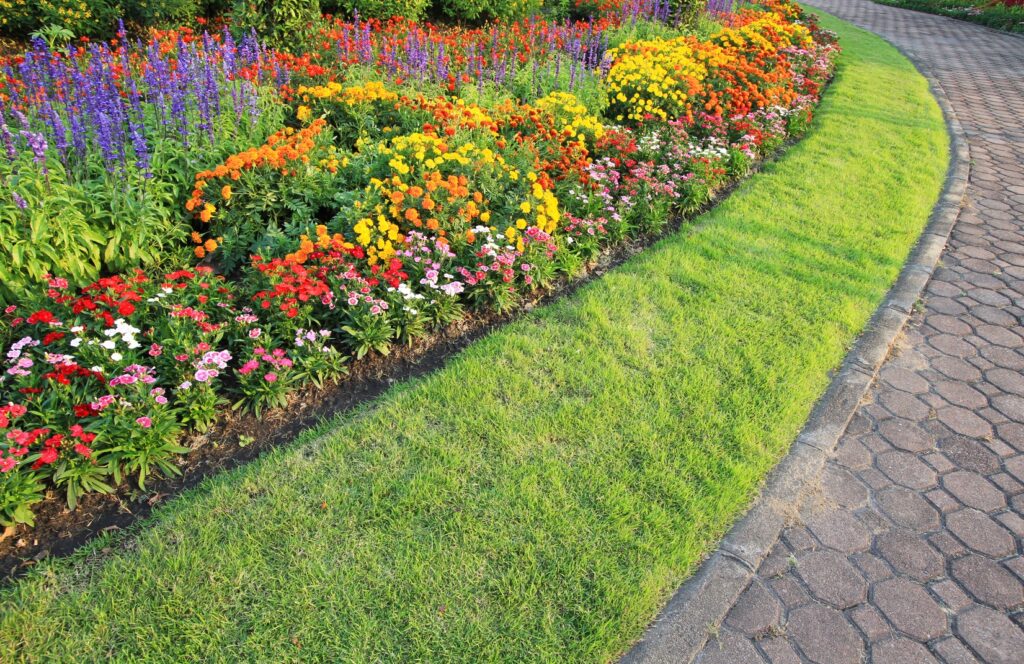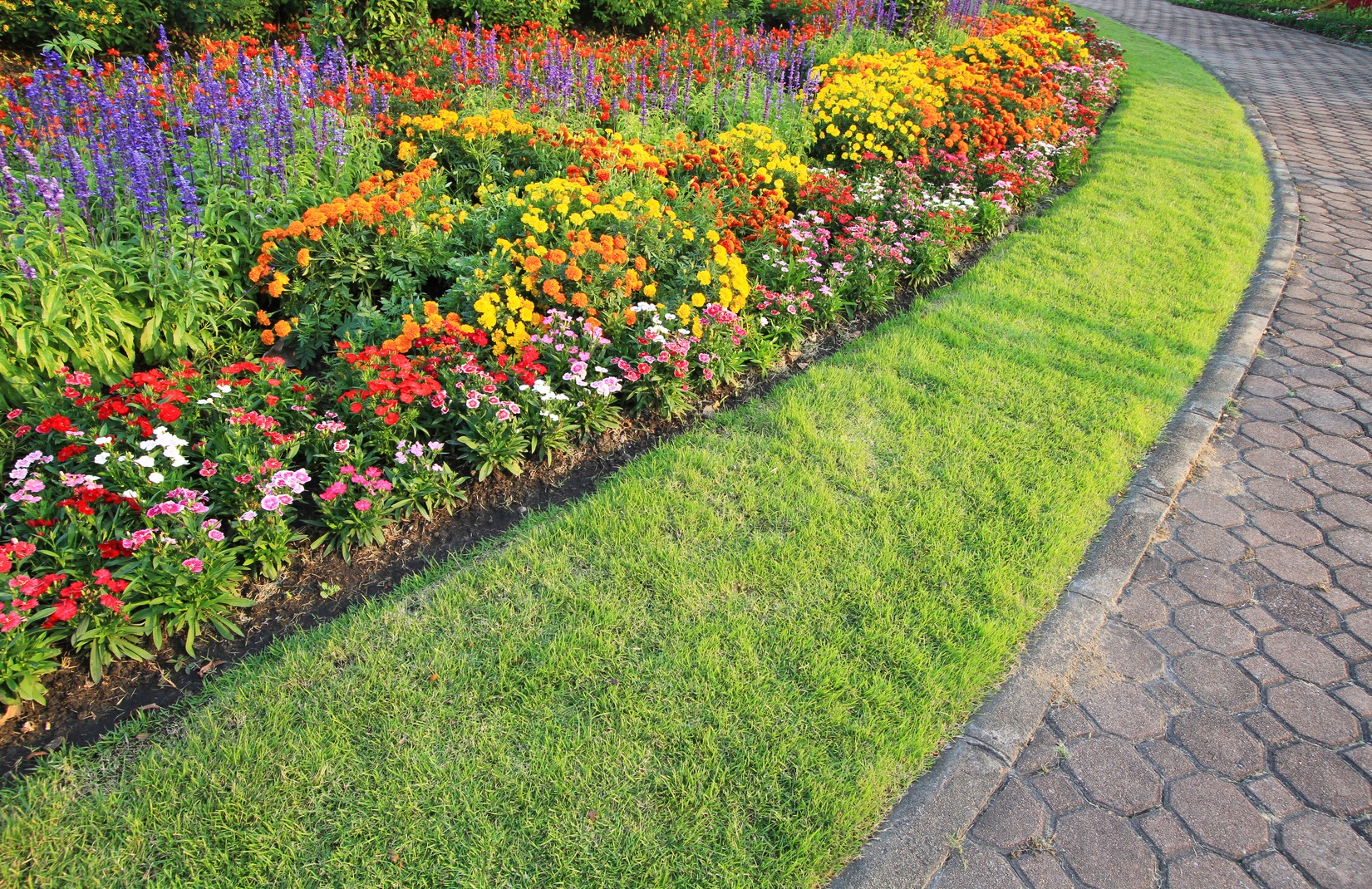
Landscape Design Basics: A Comprehensive Guide for Beginners
Embarking on a landscape design project can feel daunting. Where do you begin? What are the essential elements to consider? This comprehensive guide breaks down the landscape design basics, providing a solid foundation for both novice gardeners and aspiring landscape architects. We’ll explore the key principles, practical considerations, and creative approaches to transform your outdoor space into a functional and aesthetically pleasing environment.
Understanding the Principles of Landscape Design
Before diving into plants and hardscaping, it’s crucial to grasp the fundamental principles that govern effective landscape design. These principles act as guidelines, ensuring that your design is not only beautiful but also harmonious and balanced.
Balance
Balance refers to the visual equilibrium of your landscape. There are three main types of balance:
- Symmetrical Balance: Achieved by mirroring elements on either side of a central axis. This creates a formal and structured look, often seen in traditional gardens.
- Asymmetrical Balance: Achieved by placing different elements on either side of the axis, but with equal visual weight. This creates a more informal and natural look. For example, a large tree on one side might be balanced by a cluster of smaller shrubs and flowers on the other.
- Radial Balance: Elements are arranged around a central point, creating a sense of unity and focus. This is often used in circular gardens or around focal points like fountains.
Proportion
Proportion refers to the relative size and scale of elements within your landscape. It’s important to ensure that elements are appropriately sized in relation to each other and to the overall space. A common mistake is placing a small tree in a large open area or using oversized furniture in a small patio.
Unity
Unity refers to the sense of cohesion and harmony within your landscape. It’s achieved by repeating elements, colors, textures, and shapes throughout the design. This creates a sense of visual connection and prevents the landscape from feeling disjointed. Choosing a consistent color palette or repeating a specific plant species can contribute to unity.
Rhythm
Rhythm refers to the repetition of elements to create a sense of movement and flow within the landscape. This can be achieved by repeating plants, colors, or hardscape features in a regular or irregular pattern. For example, a row of ornamental grasses planted along a path can create a rhythmic effect.
Emphasis
Emphasis refers to creating a focal point or area of interest within the landscape. This could be a striking sculpture, a beautiful water feature, or a vibrant flower bed. The focal point should draw the eye and create a sense of visual hierarchy. Use contrasting colors, textures, or sizes to emphasize a particular element.
Practical Considerations in Landscape Design
Beyond aesthetics, practical considerations play a vital role in successful landscape design. These factors ensure that your landscape is not only beautiful but also functional and sustainable.
Site Analysis
A thorough site analysis is the first step in any landscape design project. This involves assessing the existing conditions of your property, including:
- Soil Type: Understanding your soil type is crucial for selecting plants that will thrive in your landscape. Conduct a soil test to determine its pH, nutrient content, and drainage characteristics.
- Sunlight Exposure: Observe how sunlight falls on your property throughout the day. Note the areas that receive full sun, partial shade, and full shade. This will help you choose plants that are appropriate for each location.
- Drainage: Identify areas where water tends to collect or drain poorly. This can indicate drainage problems that need to be addressed.
- Existing Vegetation: Assess the health and condition of existing trees, shrubs, and other plants. Determine which plants you want to keep and which ones need to be removed.
- Climate: Consider your local climate and growing season. Choose plants that are hardy and well-suited to your region.
- Topography: Note the slope and elevation changes on your property. This can influence drainage patterns and the placement of hardscape features.
Functionality
Consider how you want to use your outdoor space. Do you want a space for entertaining, relaxing, gardening, or playing? Your design should reflect your lifestyle and needs. For example, if you enjoy entertaining, you might want to include a patio, outdoor kitchen, and seating area. If you have children, you might want to include a play area or a lawn for games.
Sustainability
Sustainable landscape design practices minimize environmental impact and promote resource conservation. This includes:
- Water Conservation: Use drought-tolerant plants, efficient irrigation systems, and rainwater harvesting techniques to conserve water.
- Soil Health: Improve soil health by adding compost, mulch, and organic fertilizers. Avoid using synthetic pesticides and herbicides.
- Native Plants: Choose native plants that are adapted to your local climate and soil conditions. Native plants require less water, fertilizer, and pest control than non-native plants.
- Reduce Lawn Area: Replace some or all of your lawn with groundcovers, shrubs, or flower beds. Lawns require significant amounts of water, fertilizer, and mowing.
- Composting: Compost yard waste and food scraps to create nutrient-rich soil amendments.
Budget
Establish a realistic budget for your landscape design project. This will help you make informed decisions about materials, plants, and labor. Prioritize the elements that are most important to you and be prepared to make compromises. You can also phase your project over time to spread out the costs.
Creative Approaches to Landscape Design
Once you’ve grasped the principles and practical considerations, you can start exploring creative approaches to landscape design. Here are a few ideas to inspire you:
Color Palette
Choose a color palette that reflects your personal style and complements your home’s architecture. Consider the colors of your house, roof, and trim. You can create a monochromatic color scheme using different shades of the same color or a complementary color scheme using colors that are opposite each other on the color wheel. [See also: Designing with Color in Your Garden]
Texture and Form
Incorporate a variety of textures and forms into your landscape to create visual interest. Use plants with different leaf shapes, sizes, and textures. Combine smooth surfaces with rough surfaces. Use plants with different growth habits, such as upright, spreading, and weeping. The landscape design basics always include variations in texture.
Hardscaping
Hardscaping refers to the non-plant elements in your landscape, such as patios, walkways, walls, and fences. Hardscaping can add structure, definition, and functionality to your landscape. Choose materials that are durable, weather-resistant, and aesthetically pleasing. Consider the style of your home and the overall design of your landscape. [See also: Choosing the Right Hardscaping Materials]
Lighting
Landscape lighting can enhance the beauty and functionality of your outdoor space, especially at night. Use lighting to highlight architectural features, illuminate pathways, and create a warm and inviting ambiance. Consider using solar-powered lights to conserve energy.
Water Features
Water features can add a sense of tranquility and movement to your landscape. Consider adding a fountain, pond, or waterfall. Water features can also attract birds and other wildlife to your garden. Incorporating water features is a popular choice in modern landscape design.
Vertical Gardening
If you have limited space, consider vertical gardening. This involves growing plants on walls, fences, or trellises. Vertical gardens can add visual interest and create a green oasis in even the smallest spaces. The landscape design must consider the amount of space available.
Conclusion
Mastering the landscape design basics is the first step toward creating a beautiful, functional, and sustainable outdoor space. By understanding the principles of design, considering practical factors, and exploring creative approaches, you can transform your yard into a haven that reflects your personal style and enhances your quality of life. Remember that landscape design is an ongoing process, so be patient, experiment, and enjoy the journey. As you continue to develop your landscape design skills, you’ll find that the possibilities are endless. The key is to start with the landscape design basics and build from there. A well-executed landscape design not only enhances the beauty of your property but also increases its value. Effective landscape design considers the environment and promotes sustainability. The landscape design process should be enjoyable and rewarding. Always keep in mind the landscape design basics when making decisions. Consider professional help if you are unsure about certain aspects of landscape design. Remember, the landscape design is a reflection of your personal style. The landscape design can be adapted to suit different climates and regions. Ultimately, the goal of landscape design is to create a space that you love and enjoy. A good landscape design will improve the curb appeal of your home. Investing in landscape design is an investment in your property and your well-being. The landscape design must be functional as well as beautiful.

